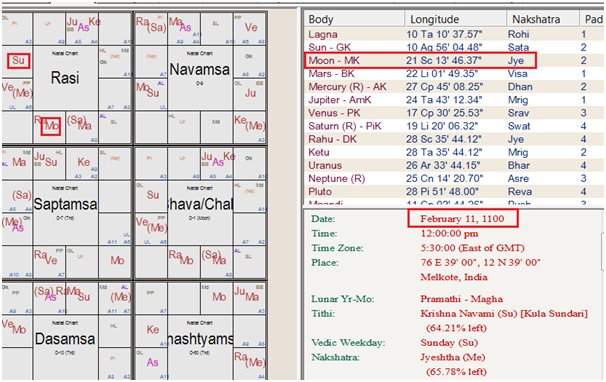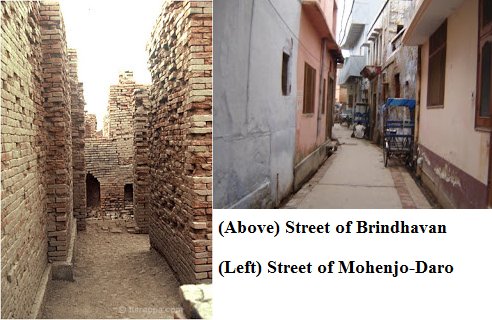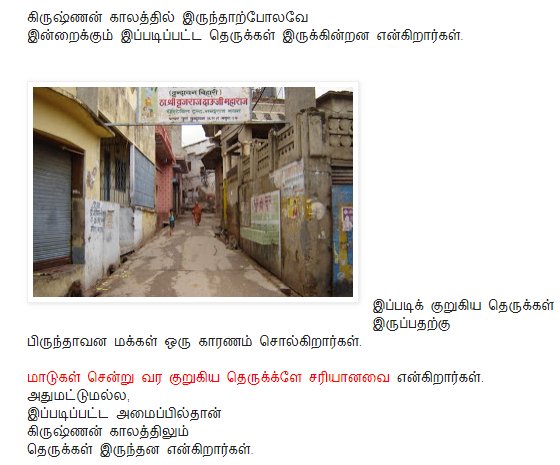Part 4 of the thread on “Ramanuja is a History” establishing that Ramanuja did make Delhi-visit and was followed by the Muslim girl, daughter of “Dilleeshwara” to Melkote. The legends of Bibi Nachhiar also analysed. #Ramanuja #RamanujaRealityNotMyth jayasreesaranathan.blogspot.com/2018/08/ramanu…
The article begins with eliminating names like Emmadu Raya and Jagaddeva whose names also appear in the history of Melkote during times of threat from Mohammadans. The utsava murthy of Melkote was recovered from the house of the daughter of Dilleshwara, a Turk.
Was Delhi occupied by Muslims at the time of Ramanuja’s Delhi visit? Tomaras were there but Delhi proper could have been under the control of commander of Ghaznavids. 

Yatiraja Vaibhavam written by Vaduga Nambi, the disciple cum personal assistant of Ramanuja says that Ramanuja went to Delhi and recovered the murthy from the house of the daughter of Dilleeshwara. If not true, there is no need to tell the Delhi connection. 

Yatiraja Vaibhavam further says that the Muslim girl who came to Melkote following Ramanuja died and attained Lord’s feet. 

There is a belief that she is consecrated at the feet of the deity as Lakshmi. The article analyses this part also. 

The legends of the Muslim girl and her marriage with the deity are discussed to show Muslim presence in Delhi in Ramanuja’s times. 

Ramanuja suffered injuries during return journey from Delhi. The bruises were exactly depicted when his image was made before he left Melkote. His appearance at that time (nearing 100 yrs) is also proof of endurance of the visit. 

Opponents question the long life of Ramanuja and his preceptors. His contemporaries too lived more than 100 yrs. The secret of it is in yogic meditation & disciplined life style. 

Part 4 of this series detailing all the above can be read at jayasreesaranathan.blogspot.com/2018/08/ramanu…
Part 3 of the series can be read in this thread
Part 2 thread here
Part 1 thread here
Part 3 of the series can be read in this thread
https://twitter.com/jayasartn/status/1022469085324435458
Part 2 thread here
https://twitter.com/jayasartn/status/1022472617960169472
Part 1 thread here
https://twitter.com/jayasartn/status/1019525379306881025
• • •
Missing some Tweet in this thread? You can try to
force a refresh





















